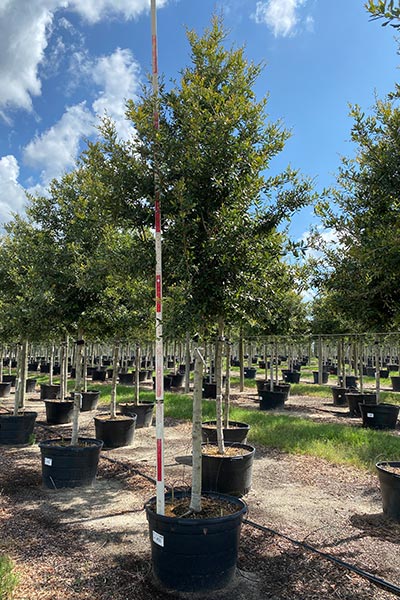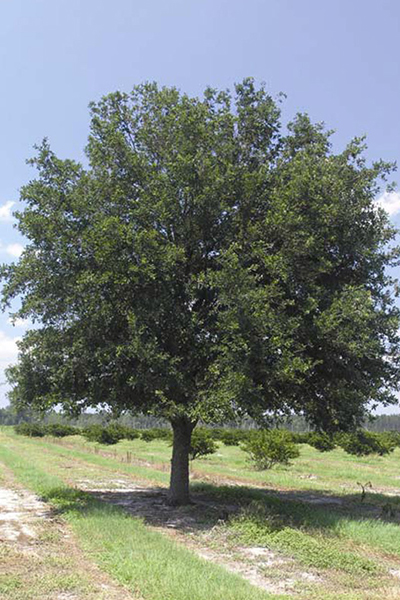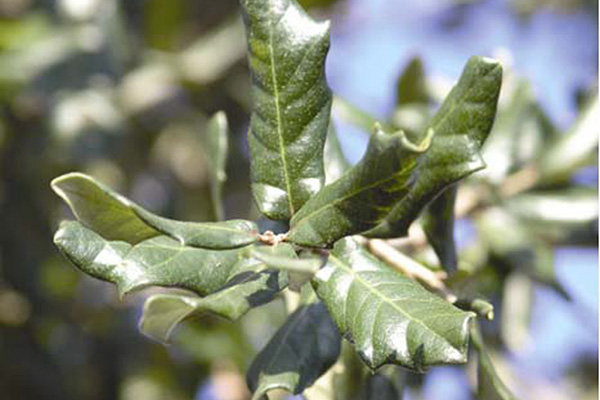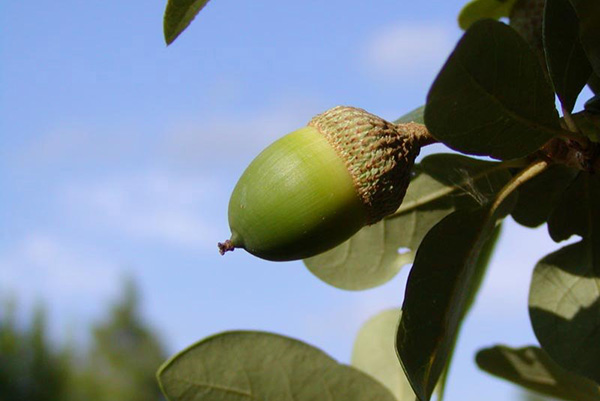Oak Cathedral

Quercus virginiana ‘Sdln’
Cathedral Oak is a cultivar, meaning that it is asexually propagated from cuttings. The trend toward using cultivar trees in the landscape is bolstered by new developments in propagation technology and a growing demand for uniformity and predictability.
This oak cultivar tends to have a strong, easily maintained central leader and sturdy, wide-angle branches. The name ‘Cathedral’ is a reference to Paul Reinhold, who founded Shadowlawn Nursery, in Penney Farms, Florida, where the ‘Cathedral’ parent tree exists.
Cathedral Oak is touted as an ideal street tree for its uprightness. ‘Cathedral’ also holds all of the other virtues and characteristics of its forbearing ‘virginiana’ genetics, such as adaptability to soil and weather conditions and tremendous strength in its branches.

Ornamental Characteristics:
Native Origin:
Southeastern United States
Common Names:
Cathedral Oak
Description:
Hardy Range: 7B to 10B
Mature Height: 40’ to 80’
Mature Spread: 60’ to 120’
Growth Rate: moderate
Form: pyramidal maturing to ovoid
Persistence: evergreen
Ornamental Characteristics:
Noted for their strong branches, and tall, straight trunks, Cathedral live oak have glossy, dark green leaves with yellow-green undersides. The tree will maintain these leaves all year long. Flowers are inconspicuous, and the dark brown acorns are attractive to wildlife.
Environment:
Soil: clay, sand, loam; alkaline, acidic; well drained; occasionally wet
Salt: medium
Exposure: partial sun to full sun



